





 |
 |
 |
 |
 |
 |
| Denis Bouvier | profile | all galleries >> Galleries >> The Tulip Tree | tree view | thumbnails | slideshow |
| previous page | pages 1 2 3 4 ALL | next page |
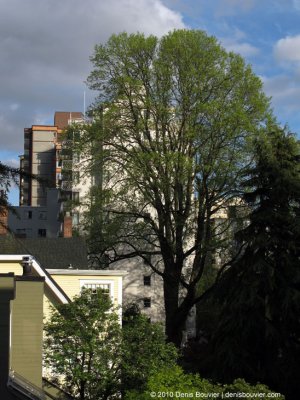 13 |
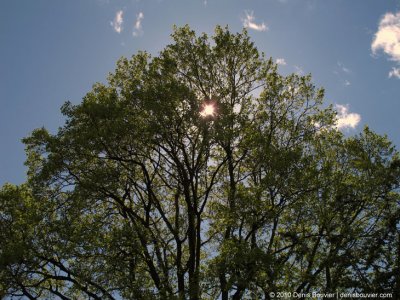 14 |
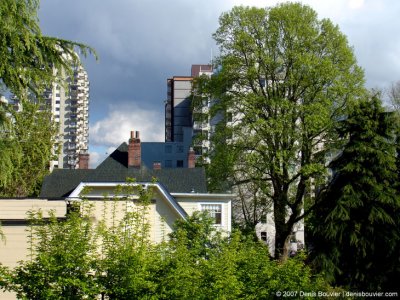 15 |
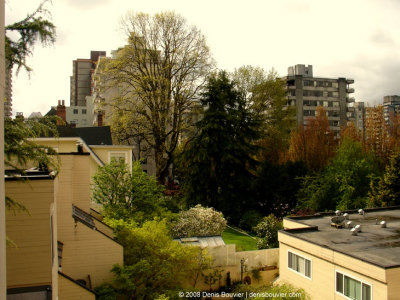 16 |
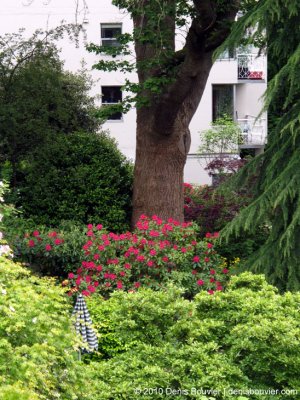 17 |
 18 |
 19 |
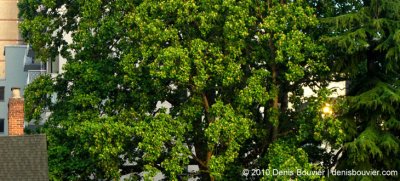 20 |
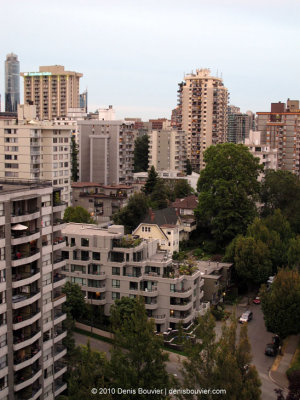 21 |
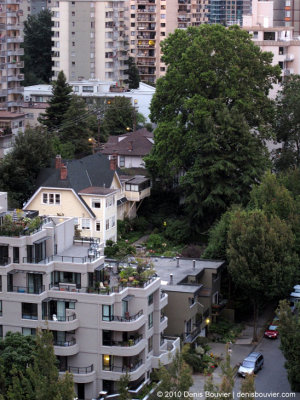 22 |
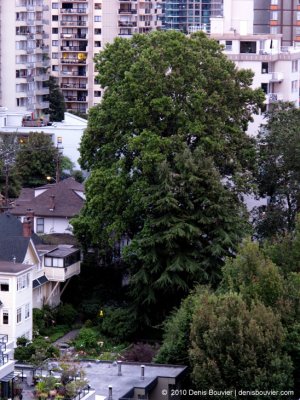 23 |
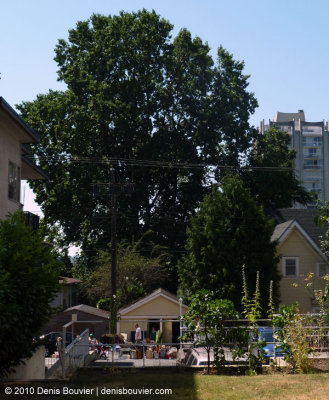 24 |
| previous page | pages 1 2 3 4 ALL | next page |
| comment | share |
| Pacific Spirit Photography | 10-May-2013 20:23 | |
| fernande | 19-Feb-2011 20:22 | |